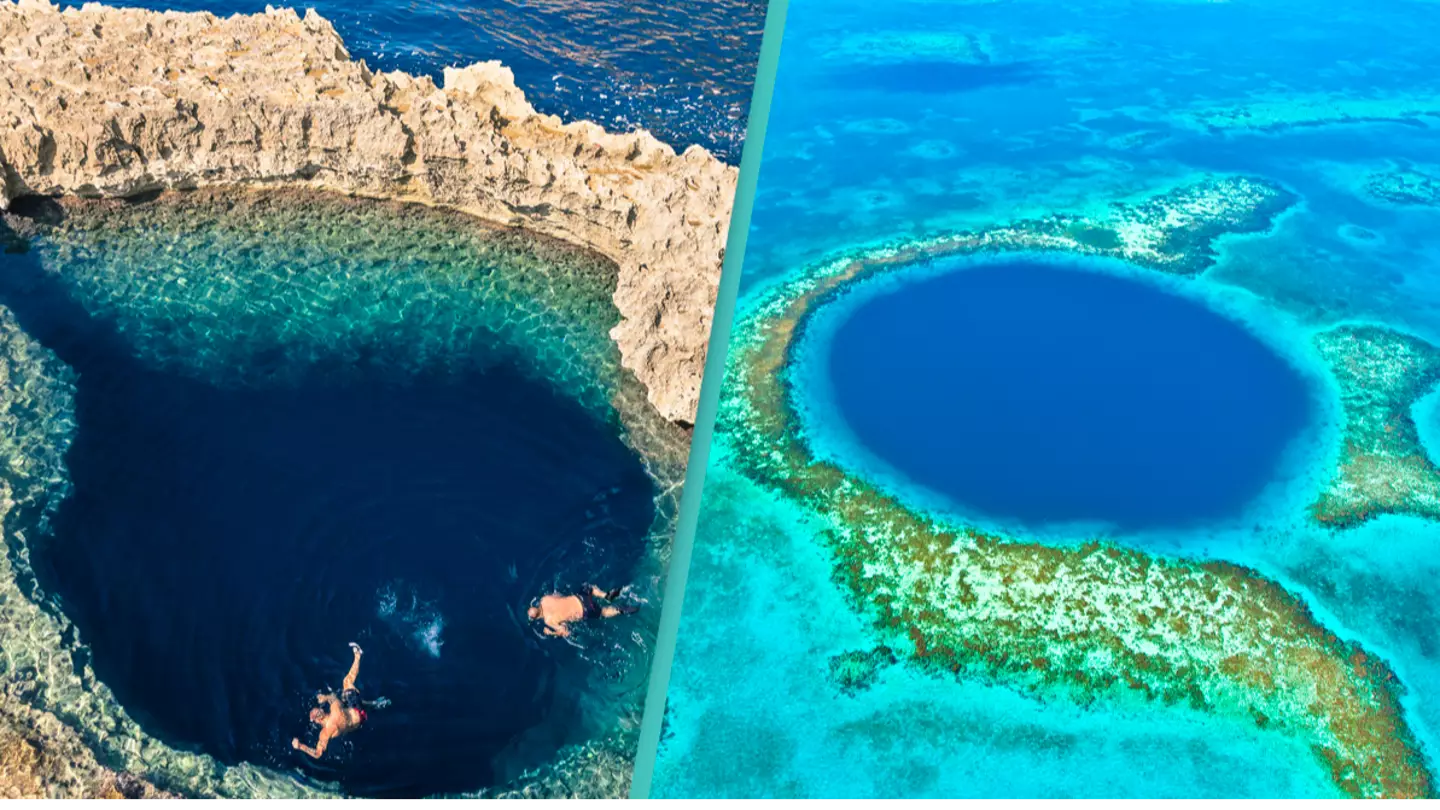New lifeforms could be discovered in world's second-deepest blue hole
The blue hole, which lies off the southeastern coast of the Yucatan Peninsula of Mexico, is a staggering 900-foot deep
Featured Image Credit: Mirko Vitali / Alamy Stock Photo Tom Till / Alamy Stock PhotoTopics: News, Science, World News

